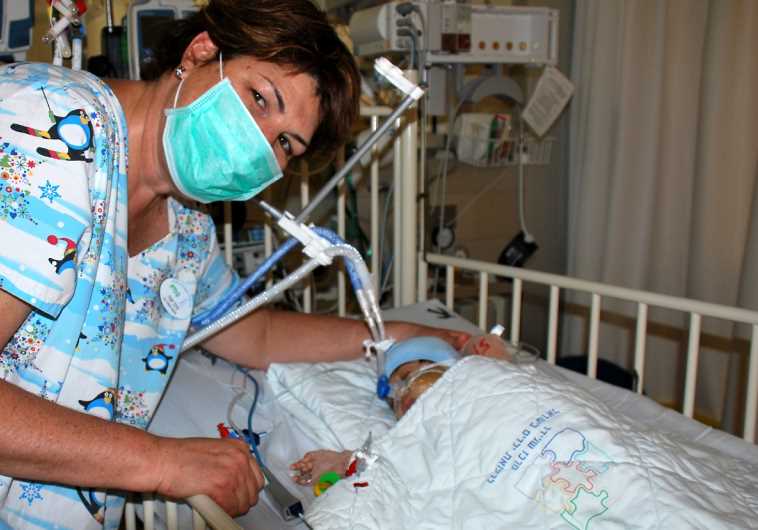Hebrew U scientists may have found key to preserve transplant cells and organs
“The ability to freeze organs and thaw them without damaging them would be revolutionary in terms of our chances to save lives,” expert says.
 Schneider courtesy photo of baby after transplant surgery.
Schneider courtesy photo of baby after transplant surgery.